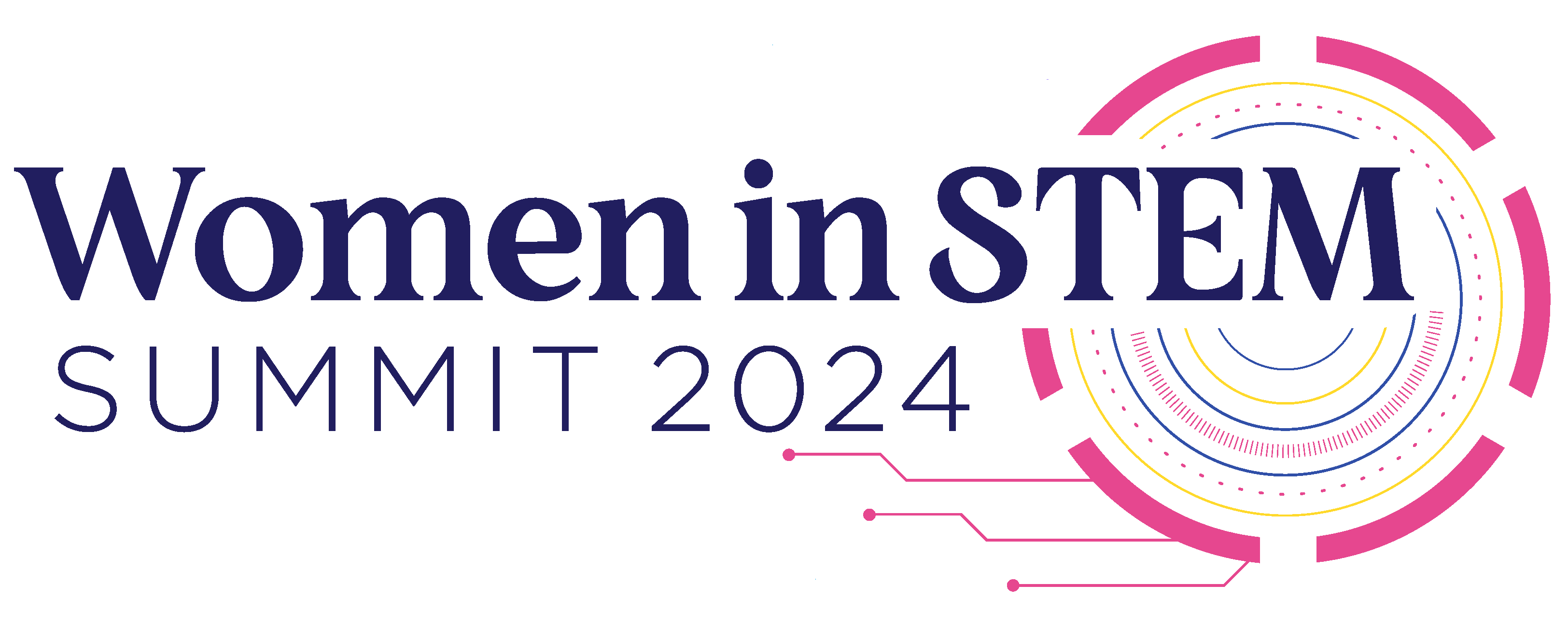Median annual earnings – the number in the middle of the CSO data set – was €45,537 a year for males and €37,782 a year for females
GRÁINNE NÍ AODHA and SARAH MCGUINNESS
Almost three quarters of the top 1 per cent of earners in Ireland last year were male, according to figures released by the Central Statistics Office (CSO), as the gap between the median salaries between men and women stood at €7,755.
The data comes as the Central Bank of Ireland has reported a 1 per cent decrease in its gap between male and female workers.
The CSO figures indicate an almost even split between those in active employment in Ireland, with 51.3 per cent male and 48.7 per cent female.
But in the category of the top 10 per cent of earners, 70.3 per cent were male and 29.7 per cent were female.
Of those with earnings in the top 1 per cent, 74.8 per cent were male and 25.2 per cent were female – up from 18.7 per cent in 2021.
Read More
Opinion: Business should see gender pay gap reporting as an opportunity, not an inconvenience
The median annual earnings by gender, meaning the number in the middle of the data set, was €45,537 a year for males and €37,782 a year for females.
For those within the top 10 per cent of earnings, €121,426 was the median earning for male earners and €115,950 was the median earnings for female earners.
For those within the top 1 per cent of earnings, the median earnings were €285,672 for men and €277,613 for women.
The median annual earnings by county were highest in Dublin at €46,136 a year, lowest in Donegal at €33,523, with an average of €41,823 nationally.
Central Bank data
According to the Central Bank’s Gender Pay Gap Report, released on Tuesday, the average hourly pay for female employees is 3.9 per cent less than their male counterparts – down from 4.9 per cent in 2022. This means that for every €1 a man earned at the bank in 2023, a woman earns around €0.96.
The median pay gap at the bank — which measures the mid-point between the highest and lowest salaries and can even out a few very highly paid people at the top — was 0.5pc this year.
Gender pay gaps measures the average hourly salaries for men and women throughout an organisation and compares the difference.
Related Reads
Investment funds asked state for money to help with gender equality training
While the measure does not equate to gender discrimination, which is illegal, it can indicate if there are more highly paid people from one gender in the senior ranks of the organisation.
The gap is driven by a variety of factors, “including male and female representation at each job grade, length of service, time at grade and distribution of overtime and allowances”, the bank said.
49 per cent of the bank’s staff are women, while 51 per cent are men. Women account for 43 per cent of the bank’s senior management team, while 36 per cent of division heads were also female.
The Central Bank has been reporting on its gender pay gap since 2018, when it was 2.7 per cent, meaning it has risen in the last five years.
See full article

